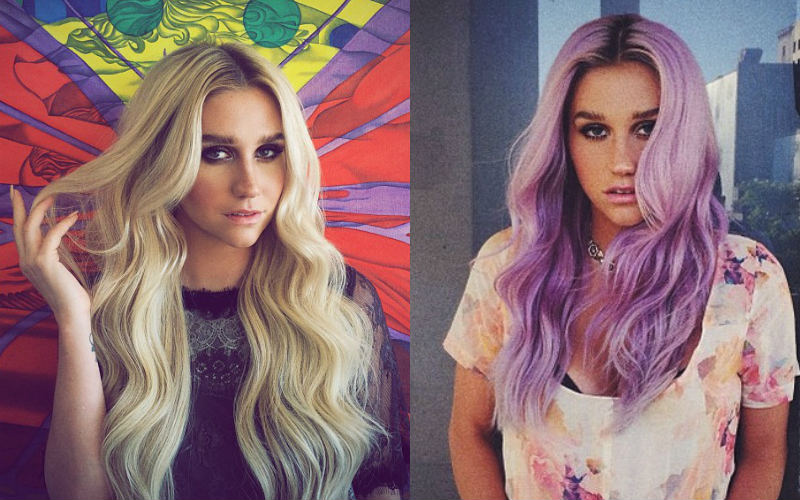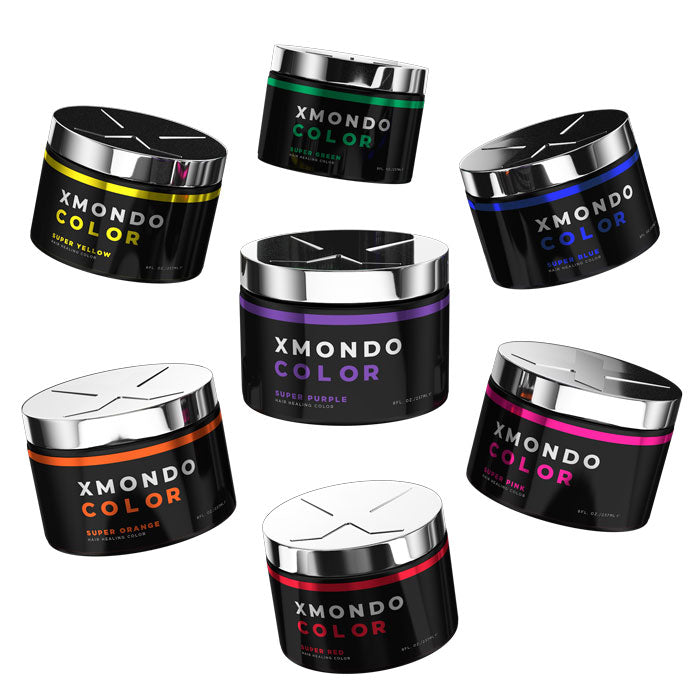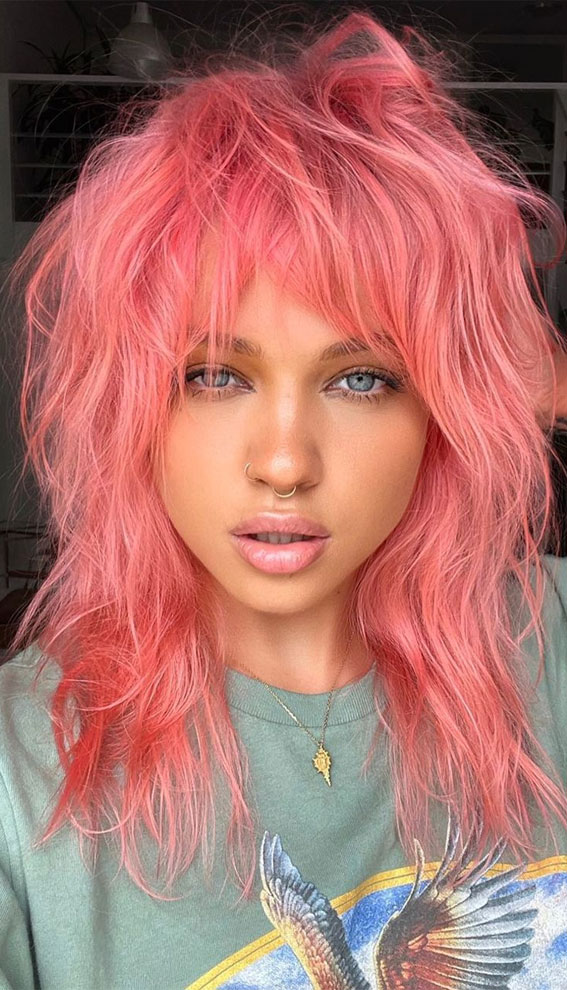Table Of Content

Although it’s often referred to as a tattoo, henna is really a temporary stain left by a plant-based paste. In very rare cases, the paste could cause an allergic reaction. Most reactions aren’t to the henna itself, but to chemical additives. Some at-home kits, like Josh Wood's and IGK Hair even give you barrier cream, expecting you to, quite frankly, make a mess of things. Toothpaste is gentle, but some varieties have just enough grit to scrub off a stain.
How to Remove Hair Dye From Skin Using Household Staples + The One Fix That Is Sure to Surprise You
"Color or dyes of any kind can stick to dry skin like a tongue on a frozen pole," says Norris. Always use gloves and apply a barrier cream—Vaseline, shea butter lotion, lanolin, or coconut oil, for example—around the hairline and ears to reduce the possibility of staining. "If you get these creams on the hair itself, the color will not take to the hair." Hair dye stains are not permanent and will not damage your skin.
How to prevent staining your skin with hair dye
“When getting hair dye off of your skin, it’s not about the amount of pressure. It really boils down to using a good amount of remover and gently buffing it off the skin,” Amber says. "Try a squirt of glass cleaner in your hands and rub together," says Cleveland. Lee adds that people with dry skin are "likely going to stain worse than someone with oily skin," due to the slippery sebum base making it harder for the dye to latch on. So if your skin skews dry or dehydrated, Lee suggests "moisturizing your face around the hairline really well prior to your in-salon hair appointment."
How Can You Remove Hair Dye From the Skin?
But in the U.S., the FDA hasn’t approved henna for use on skin. It might take multiple applications over the span of a day or two to remove the stain. It's better to try another method or pause before using more aggressive methods. This will save your skin and will help you preserve its youth.

A mixture of baking soda (sodium bicarbonate) and liquid dish soap may remove hair dye from the skin. The properties of baking soda and its slightly abrasive texture make it useful as a cleaning agent. Most hair dyes can withstand soaps and shampoos, which are alkaline substances. Research indicates that olive oil may have stain-removing properties for hair dye. While the results were based on using olive oil to remove hair dye from wool, the olive oil did not harm the delicate cashmere wool used in the testing.
How to remove hair dye with vitamin C: colour removers that work - Stylist Magazine
How to remove hair dye with vitamin C: colour removers that work.
Posted: Thu, 21 Feb 2019 19:37:52 GMT [source]
Also, steer clear of anything that has dyes and fragrances which will just cause more issues. However, the process can also cause stubborn stains that can damage the skin if left untreated. You can use a Q-tip or cotton swab to apply any of the products above in a circular motion. Products like Vaseline and Aquaphor work the same way, says Cleveland. Apply a small amount to stained areas and rub in a circular motion.

Commercial products
Keep in mind that Vaseline will block color from reaching the hair, so colorist AJ Lordet makes it a point to apply it cleanly and evenly on the skin only. If using essential oils like rosemary or tea tree oil, add only a few drops, and dilute the oils with a carrier oil like olive oil or coconut oil. Scalp serum rinses contain hyaluronic acid, which has calming, hydrating, and anti-inflammatory properties. Hyaluronic acid also has antifungal properties that treat fungi in the scalp. Seborrheic dermatitis causes the scalp and other skin areas to be dry, red, itchy, and flaky.
Mix the baking soda with dishwashing liquid in equal proportions and rub onto wet skin. But if you use it on your face, be aware that nail polish remover is a major skin irritant. Try a small area with a cotton ball before proceeding to check for a reaction. There are some tried and true tricks to removing hair dye and preventing it from staining your skin. Many of these solutions can be found in your pantry or bathroom.
Natural Hair Color Identified as Potential Skin Cancer Risk Factor - AJMC.com Managed Markets Network
Natural Hair Color Identified as Potential Skin Cancer Risk Factor.
Posted: Tue, 23 Jan 2024 08:00:00 GMT [source]
Coterie's baby wipes ($30-$120) are particularly gentle, making them prime for removing dye from the sensitive skin of the face. Goebel also advocates for cleaning the hairline regularly throughout the dyeing process, as this will catch drips ahead of time. Now the hair is up and out of the way while the color processes,” she says. Some types of dandruff shampoo may help reduce flaking through exfoliation. For example, ingredients like salicylic acid help remove dead skin cells, while coal tar and selenium sulfide can also help reduce flakes and inflammation. One study suggests dabbing the area with a cotton ball soaked in polyethylene glycol 400.
Scalp odor can be the result of an underlying medical condition, a fungal infection, poor hygiene, or hair product buildup. If you’ve already had an allergic reaction to henna or PPD, you might not need a test. But because a reaction to PPD can trigger other types of allergies, a proper diagnosis is important. Patch and prick tests can help the doctor figure out if you’re allergic to anything else. Like other cosmetics, store-bought henna needs to come with an ingredients list. But professionals who apply henna in salons or fair booths do not need to display the ingredient list.
Come discover ahealthcare solution built around you and your life. Make an appointment with LifeMD today to learn more about skin and scalp care — all from the comfort of your home. That’s why you should only use lukewarm water and hold the affected area under an open tap to wash away as much dye as possible.
Olive oil is another hair-dye lifter, and it's not as abrasive on the skin as toothpaste or baking soda can be. (Just note that it's not quite as effective, so you may want to use this method for lighter stains only.) To use olive oil to remove hair dye, apply it to the affected area by rubbing it on with your fingers. Then, let the olive oil sit for about eight hours so that it has long enough to break up the color. "The skin on your face and ears can be more sensitive than elsewhere, like your hands," Thurman says, she recommends steering clear of "abrasive cleansers" to remove any stains in these areas. Instead, household items like olive oil can also remove hair dye stains from the skin.














